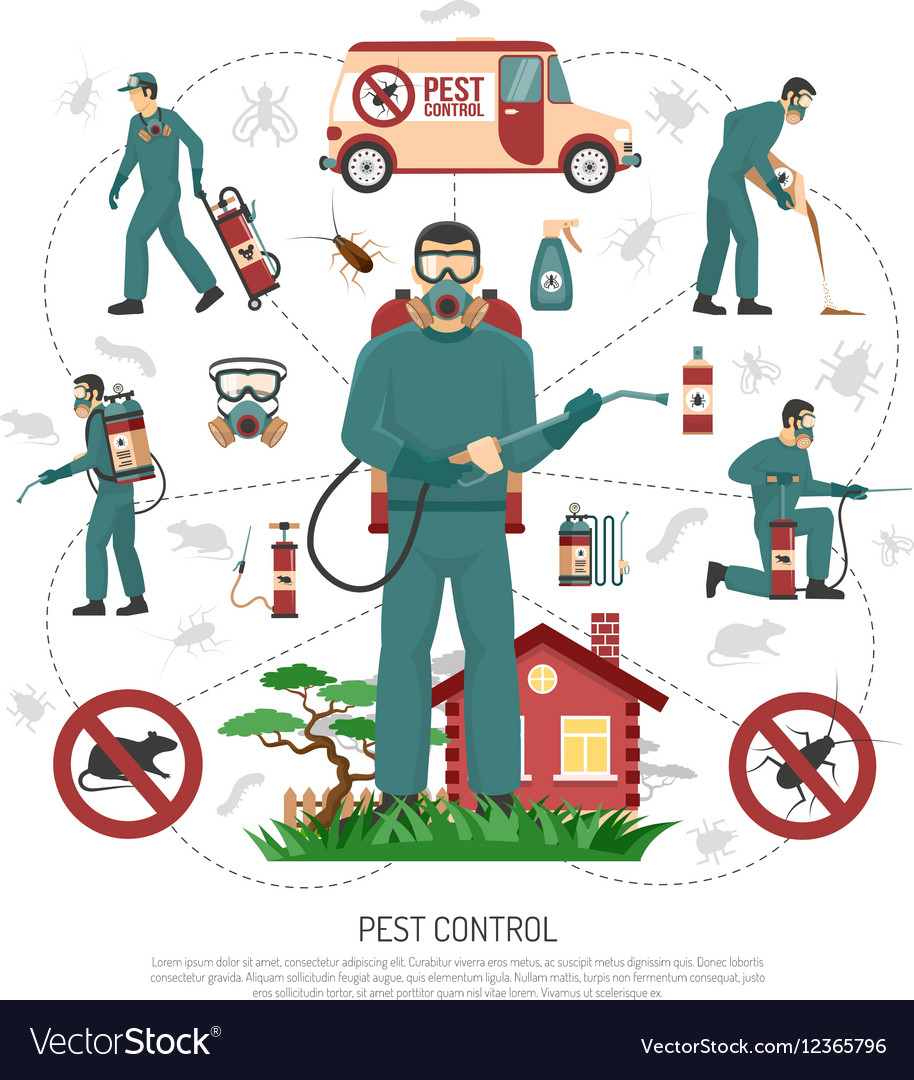Rodent-Proofing Your Attic: Essential Tips For Homeowners
Rodent-Proofing Your Attic: Essential Tips For Homeowners
Blog Article
Published By-Karlsen Degn
Visualize your attic as a comfortable Airbnb for rodents, with insulation as fluffy as hotel pillows and electrical wiring much more enticing than area solution. Now, imagine these unwanted visitors tossing a wild celebration in your home while you're away. As a house owner, guaranteeing your attic room is rodent-proof is not just about peace of mind; it's about safeguarding your residential property and loved ones. So, what basic steps can you take to safeguard your shelter from these hairy trespassers?
Inspect for Entrance Things
To begin rodent-proofing your attic, examine for entrance points. Begin by thoroughly analyzing the outside of your home, seeking any type of openings that rodents could utilize to get to your attic room. Check for gaps around utility lines, vents, and pipelines, along with any splits or openings in the foundation or home siding. Make sure to pay very close attention to areas where different structure materials satisfy, as these prevail entry points for rats.
Furthermore, inspect the roof for any harmed or missing shingles, as well as any spaces around the edges where rats can squeeze via. Inside try this , search for signs of existing rodent task such as droppings, chewed wires, or nesting materials. Make use of a flashlight to completely check dark corners and covert rooms.
Seal Cracks and Gaps
Check your attic room thoroughly for any kind of splits and voids that require to be secured to avoid rodents from getting in. Rats can press via even the tiniest openings, so it's crucial to secure any kind of potential entrance points. Inspect around pipelines, vents, cable televisions, and where the walls meet the roofing system. Use a mix of steel woollen and caulking to seal off these openings efficiently. Steel wool is an excellent deterrent as rodents can not chew with it. Make read full article that all gaps are firmly sealed to reject accessibility to unwanted parasites.
Don't overlook the value of securing voids around doors and windows as well. Usage weather stripping or door moves to secure these areas successfully. Check the areas where energy lines go into the attic room and seal them off using an appropriate sealer. By making the effort to secure all cracks and gaps in your attic, you create a barrier that rats will locate difficult to violation. Prevention is key in rodent-proofing your attic room, so be comprehensive in your efforts to seal off any type of potential entry factors.
Remove Food Sources
Take proactive actions to remove or store all potential food resources in your attic to deter rodents from infesting the area. Rodents are attracted to food, so removing their food resources is critical in maintaining them out of your attic.
Here's what you can do:
1. ** Store food safely **: Prevent leaving any food things in the attic room. Store all food in airtight containers made of metal or durable plastic to prevent rats from accessing them.
2. ** Clean up particles **: Eliminate any type of heaps of particles, such as old papers, cardboard boxes, or timber scraps, that rats could use as nesting material or food sources. Keep the attic room clutter-free to make it much less enticing to rats.
3. ** Dispose of rubbish properly **: If you use your attic room for storage and have garbage or waste up there, ensure to dispose of it routinely and properly. Rotting garbage can bring in rats, so maintain the attic clean and without any organic waste.
Verdict
To conclude, bear in mind that an ounce of prevention deserves an extra pound of treatment when it involves rodent-proofing your attic.
By making the effort to evaluate for entry factors, seal splits and gaps, and get rid of food resources, you can keep unwanted bugs at bay.
Remember, 'An ounce of avoidance is worth a pound of remedy' - Benjamin Franklin.
Stay positive and shield your home from rodent invasions.
